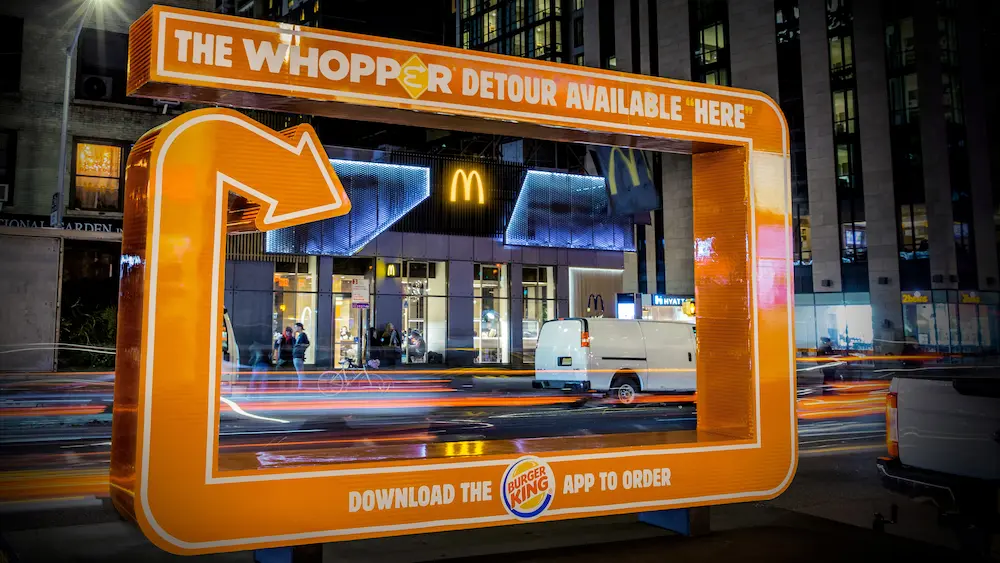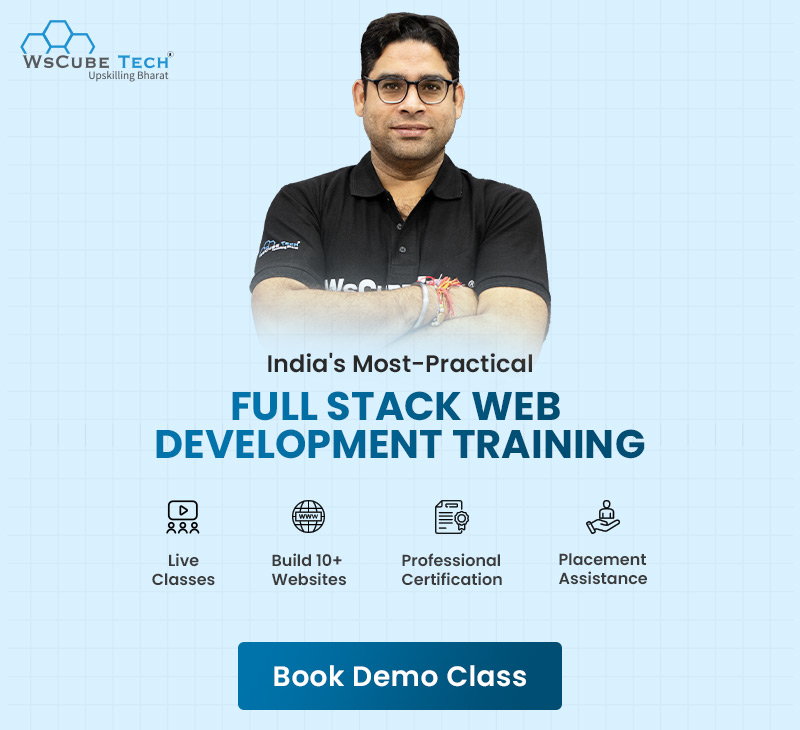Ever wondered how brands like Coca-Cola, Red Bull, or Burger King manage to turn everyday moments into viral sensations that people can’t stop talking about?
They don’t always rely on massive ad budgets. Sometimes, it’s creativity and surprise that do the magic. That’s exactly what guerrilla marketing is all about: capturing attention through unexpected, clever, and memorable ideas that connect emotionally with people.
From flash mobs to eye-catching street art, this strategy focuses on impact over investment. Let’s understand what is guerrilla marketing, types, examples, and how even small businesses can use it to leave a lasting impression.
What is Guerrilla Marketing?
Guerrilla marketing is a marketing strategy that uses creativity and surprise to promote a product or brand in unconventional ways. Instead of spending heavily on traditional advertising, it focuses on catching people off guard in their everyday environment, like streets, parks, or malls, to create a strong emotional reaction and make the brand memorable.
The goal is to get people talking and sharing about it, both offline and online.
Example:
When Coca-Cola placed special “Happiness Machines” in public places that gave free drinks, snacks, and even gifts to random people, it wasn’t a regular ad; it was guerrilla marketing that spread joy and went viral worldwide.
Key Characteristics of Guerrilla Marketing
- Creativity Over Budget: Guerrilla marketing relies more on innovative thinking than on large advertising budgets. A clever idea can create massive impact even with minimal spending.
- Element of Surprise: It catches people off guard by appearing in unexpected places or situations. The surprise factor is what makes people stop, notice, and remember the campaign.
- Emotional Connection: Successful guerrilla campaigns evoke emotions — humor, curiosity, joy, or even shock — helping audiences form a personal connection with the brand.
- Unconventional Approach: It breaks the rules of traditional advertising by using public spaces, social experiments, or creative stunts to grab attention in unique ways.
- High Virality Potential: Because these campaigns are eye-catching and unusual, they often get shared widely on social media, gaining free publicity and engagement.
- Public Interaction: Guerrilla marketing often involves direct interaction with people, making them part of the experience and turning them into brand advocates.
- Low Cost, High Impact: The main advantage is that it achieves significant reach and awareness without the massive expenses of conventional marketing.
- Memorable and Shareable: These campaigns are designed to stay in people’s minds and encourage them to share what they saw, extending the campaign’s reach organically.
Famous Guerrilla Marketing Examples
There have been some of the most creative and unforgettable guerrilla marketing campaigns in advertising history. Below are 7 iconic real-life examples of guerrilla advertising that show how imagination can create massive impact without huge budgets.
1. Red Bull’s “Stratos Jump”
In 2012, Red Bull sponsored skydiver Felix Baumgartner’s jump from the edge of space — 128,000 feet above Earth. It wasn’t a typical ad but a live event streamed worldwide, connecting Red Bull’s brand with adrenaline, courage, and innovation.
It perfectly aligned with Red Bull’s identity — “Gives You Wings” — and became one of the most-watched branded events in history.
2. McDonald’s “Zebra Crossing Fries”
McDonald’s turned ordinary pedestrian crossings into creative visual ads by painting the white stripes to look like french fries coming out of a McDonald’s fries box. This clever street campaign instantly caught people’s attention without a single word.

It used everyday infrastructure in a fun, memorable way, reinforcing the brand’s identity with humor and simplicity.
3. The Blair Witch Project (Movie Marketing)
Before social media, this low-budget horror movie became a phenomenon thanks to guerrilla tactics. The creators spread fake missing posters and eerie online stories claiming the footage was real. Audiences were curious, and the film went viral before “viral marketing” was even a thing.

It blurred the line between reality and fiction, creating mystery and hype that turned a $60,000 film into a $250 million global success.
4. UNICEF’s “Dirty Water Vending Machines”
To raise awareness about unsafe drinking water, UNICEF placed vending machines in New York that dispensed bottles labeled “cholera,” “malaria,” or “typhoid.” Each bottle symbolized contaminated water people drink in developing countries, urging donations for clean water.

It shocked people, made them empathize instantly, and turned awareness into immediate action — donations.
5. Burger King’s “Whopper Detour”
Burger King used mobile geofencing to offer customers a Whopper for just $1 — but only if they ordered it while standing near a McDonald’s outlet. It was a hilarious digital prank that went viral instantly.

It combined humor, competition, and technology to get massive attention, downloads, and sales — proving how modern guerrilla marketing can be both smart and digital.
Goals and Benefits of Guerrilla Marketing
These are the advantages of guerrilla marketing:
- Build Strong Brand Awareness: Helps people recognize and remember your brand by leaving a powerful impression.
- Generate Buzz and Word-of-Mouth: Encourages people to talk about and share your campaign naturally, both online and offline.
- Create Emotional Engagement: Builds deeper emotional connections that strengthen brand loyalty and trust.
- Boost Social Media Reach: Unique campaigns often go viral, helping brands gain visibility across digital platforms without paid promotions.
- Achieve High ROI: Delivers impressive results with minimal investment, making it ideal for startups and small businesses.
- Differentiate from Competitors: Helps a brand stand out in a crowded market by doing something fresh and original.
- Encourage Customer Participation: Interactive elements allow people to engage directly, creating memorable experiences.
- Enhance Brand Personality: Reflects a fun, bold, and creative brand image that audiences relate to and admire.

Types of Guerrilla Marketing
Guerrilla marketing comes in many creative forms. Below are the main types every beginner should know:
1. Ambient Marketing
This type of guerrilla advertising involves placing ads or brand messages in unexpected locations or using the environment creatively to grab attention.
Example: Coca-Cola transformed park benches and bus stops into bright red Coke-shaped installations, making the brand stand out in public spaces.
2. Ambush Marketing
In this type of guerrilla marketing, a brand hijacks attention from another major event or campaign, often without being an official sponsor.
Example: Nike pulled off ambush marketing during the Olympics by running ads featuring famous athletes without being an official partner, drawing huge visibility from the event.
3. Experiential Marketing
Also known as engagement marketing, this strategy lets people experience the brand directly through events or interactive setups.
Example: IKEA created pop-up bedrooms in subway stations where commuters could relax and experience their furniture firsthand.
4. Street Marketing
It focuses on outdoor public spaces, like streets, parks, or buildings, to create physical interactions that attract attention.
Example: McDonald’s painted pedestrian crossings to look like their iconic french fries coming out of a packet, instantly turning a street into a fun advertisement.
5. Viral Marketing
This type of guerrilla marketing focuses on creating content so interesting or entertaining that people share it voluntarily, spreading it like a virus online.
Example: The ALS Ice Bucket Challenge became a viral sensation, encouraging millions to take part and raise awareness about ALS.
6. Stealth Marketing
Here, the promotion happens subtly, without people realizing they are being marketed to. It’s often used in movies or social media.
Example: Sony Ericsson once hired actors to pose as tourists asking strangers to take photos with their new camera phone—quietly promoting the product’s features.
7. Buzz Marketing
The goal here is to create excitement and hype around a brand, product, or event through influencers, social media, or public conversations.
Example: Red Bull’s Stratos Jump created massive buzz worldwide when Felix Baumgartner jumped from space wearing a Red Bull suit, gaining global media coverage.
8. Projection or Astroturf Marketing
This involves projecting brand visuals or messages onto buildings or large surfaces in public areas for maximum visibility.
Example: The Batman movie used building projections of the Bat-Signal across major cities to promote its release—grabbing instant public attention.
9. Undercover Marketing
A subtle approach where marketers promote a product in everyday life scenarios without direct advertising.
Example: In the early 2000s, Heineken organized a fake classical concert where attendees were surprised when the “orchestra” turned out to be a beer promotion—an unforgettable twist.
Read More Marketing Guides
How Guerrilla Marketing Works?
Below is how guerrilla marketing works:
Define a Clear Goal and Audience
Decide what you want: awareness, footfall, sign-ups, or sales. Then pinpoint who you’re targeting (age, location, interests). A sharp goal + specific audience keeps your idea focused and measurable.
Find a Fresh Insight and Brainstorm Ideas
List everyday moments, local hotspots, or cultural cues your audience notices. Turn these into surprising, brand-fit ideas. Aim for simple, visual, and instantly understandable concepts.
Pick the Right Place, Time, and Format
Choose a high-attention setting (street, campus, mall, metro, event) and the best format (installations, stunts, interactions, props). Time it when footfall and attention are highest.
Check Feasibility, Permissions, and Safety
Reality-check costs, materials, and team needs. Secure permissions for public spaces, follow local laws, and plan crowd/safety management. Avoid anything invasive or offensive.
Prep to Capture Reactions (Photo/Video)
Design the setup so people naturally take photos or videos. Have a small crew ready to document genuine reactions—these assets will fuel your online reach later.
Launch, Engage, and Guide the Story
Execute cleanly. Invite light participation, answer questions, and nudge a clear message or CTA. Keep the interaction short, fun, and shareable to spark word-of-mouth.
Amplify Online and Measure Results
Post the best clips fast on social platforms, partner with micro-creators, and respond to comments. Track reach, engagement, footfall, sign-ups, and sales to learn what to repeat or refine.
Tips to Make Your Guerrilla Campaign Successful
These are some tips to help you create the best guerrilla marketing strategy and drive success:
- Keep It Simple and Instantly Understandable: The best guerrilla ideas are easy to grasp in seconds. Avoid complicated messages — your audience should “get it” the moment they see it.
- Align With Your Brand Identity: Every creative stunt must reflect who you are as a brand. The idea should strengthen your core message, not confuse people about what you stand for.
- Use Emotion or Humor Smartly: Campaigns that make people laugh, smile, or feel something positive are more likely to be remembered and shared. Emotion drives connection and virality.
- Focus on the Surprise Element: Guerrilla marketing thrives on unpredictability. Place your campaign where people least expect it — that’s what makes it memorable.
- Encourage Sharing on Social Media: Plan your campaign so people naturally want to take photos or videos and post them. User-generated content amplifies reach without extra cost.
- Be Ethical and Respectful: Avoid anything offensive, misleading, or invasive. Make sure your campaign follows legal norms and adds value or entertainment — not disruption.
- Measure and Learn: Track how people respond — both offline and online. Use metrics like reach, engagement, mentions, or conversions to evaluate success and improve future campaigns.
Common Mistakes to Avoid in Guerrilla Marketing
- Copying Other Campaigns Blindly: What worked for one brand may not work for yours. Guerrilla marketing thrives on originality — copying ideas kills creativity and risks making your brand look unoriginal or desperate.
- Ignoring Legal Permissions and Safety: Setting up stunts in public places without permission can lead to fines or backlash. Always get approvals, follow safety norms, and ensure your campaign doesn’t harm property or people.
- Focusing Only on Shock Value: Shock can grab attention, but without a meaningful message, it fades quickly. Make sure your idea connects to your brand and leaves a positive impression.
- Neglecting Audience Sensitivity: Humor, culture, or emotion can backfire if misunderstood. Avoid offensive content, controversial topics, or anything that disrespects a group, religion, or belief.
- Failing to Track or Follow Up: Many brands create brilliant stunts but forget to measure results or sustain the buzz. Always track engagement, media coverage, and conversions — and repurpose the content to extend the campaign’s life.
Explore Our Digital Marketing Courses
Measuring the Success of Guerrilla Marketing
Unlike traditional advertising, guerrilla marketing doesn’t always rely on direct sales to measure success — it focuses on impact, awareness, and engagement. Here’s how you can track its effectiveness step by step:
1. Track Reach and Impressions
Measure how many people saw your campaign in person or online. Use tools like social media analytics, hashtags, or geotags to estimate total visibility and audience size.
2. Measure Engagement and Interactions
Check how people reacted — comments, likes, shares, mentions, or participation in your campaign activities. Engagement shows how strongly your idea connected with the audience emotionally.
3. Monitor Word-of-Mouth and Media Coverage
Look for organic discussions, mentions in blogs, news articles, or local media coverage. Guerrilla marketing often goes viral when the media picks up the story — a clear sign of impact.
4. Analyze Traffic and Conversions
If your campaign directs people to a website, landing page, or QR code, monitor spikes in web traffic, app downloads, or form submissions after launch.
5. Observe Brand Sentiment
Use social listening tools to analyze whether conversations about your brand are positive, neutral, or negative. The tone of the response matters as much as the volume.
6. Calculate Return on Investment (ROI)
Compare what you spent on the campaign (materials, manpower, promotion) against measurable returns — new leads, sales, or long-term brand value created.
7. Collect Feedback and Insights
Gather audience reactions through surveys, comments, or interviews. These insights help refine your future guerrilla campaigns for even better results.

FAQs About Guerrilla Marketing
The term comes from “guerrilla warfare,” which uses surprise tactics to achieve big results with limited resources. Similarly, guerrilla marketing uses creativity instead of a big budget to create impact.
It was introduced by Jay Conrad Levinson in his 1984 book “Guerrilla Marketing.” He encouraged small businesses to compete with large companies through innovative, low-cost marketing methods.
The main goal is to grab attention, create buzz, and make people remember your brand. It aims for emotional impact and word-of-mouth promotion rather than direct selling.
No. Guerrilla marketing is known for being cost-effective. It relies on creativity, planning, and timing rather than big advertising budgets.
Traditional marketing focuses on paid promotions through TV, print, or digital ads. Guerrilla marketing, on the other hand, uses unique, public, and surprising methods to attract attention organically.
Creativity, surprise, emotional connection, relevance, and shareability are the most important ingredients of a successful guerrilla marketing campaign.
Absolutely! Guerrilla marketing is ideal for small businesses because it’s affordable and relies on innovation rather than money. A clever idea can reach thousands with little investment.
Yes, as long as it follows local laws and doesn’t harm people or property. Always get necessary permissions for public installations or stunts.
Yes. Digital guerrilla marketing focuses on viral content, social media challenges, memes, and influencer collaborations to grab attention creatively online.
Track metrics like engagement, social shares, media mentions, web traffic, brand sentiment, and sales or inquiries after the campaign launch.
Yes, if it offends people, breaks laws, or creates safety risks. Always plan carefully, test your concept, and stay respectful and ethical.
Social media amplifies reach by turning local stunts into viral moments. People share photos, videos, and reactions, giving brands free global exposure.
The main risks include misinterpretation, negative publicity, or legal issues if not planned responsibly. Proper research and permissions can minimize these risks.
Explore Our Free Courses

